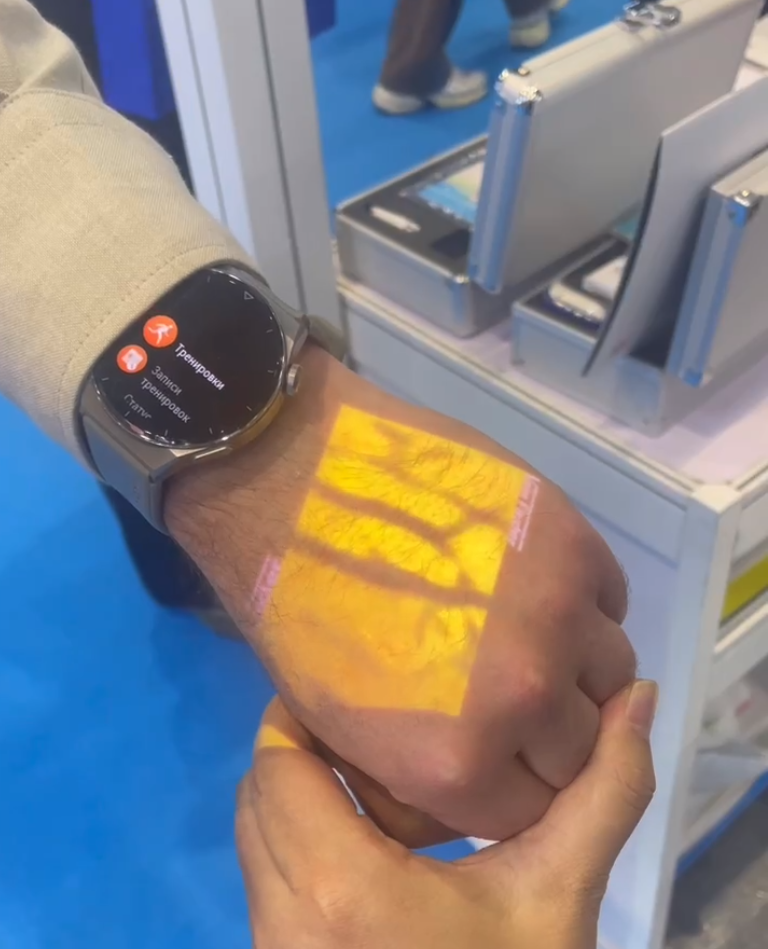Vein imaging devices are advanced medical tools specifically designed to assist healthcare professionals in quickly and accurately locating a patient’s veins during injections and blood draws. The introduction of this technology has significantly improved the success rate of venipunctures, reducing patient discomfort and minimizing the waste of medical resources.
Physiological Differences Between Veins and Arteries
To discuss the functionality of Vein imaging devices, it is essential to understand the basic physiological differences between veins and arteries. Veins are primarily responsible for returning deoxygenated blood from various parts of the body to the heart. They have thinner walls and contain valves to prevent blood from flowing backward. In contrast, arteries are tasked with transporting oxygenated blood from the heart to the rest of the body; they possess thicker walls and greater elasticity to withstand the high-pressure blood flow generated by the heart. These structural and functional differences lead to a focus on venous visualization in the design of venous imaging devices.
Technical Principles of Venous Imaging Devices
Vein imaging devices typically utilize infrared or near-infrared light technology. These devices illuminate the skin, transmitting specific wavelengths of light into the superficial tissues. When this light interacts with the blood within the veins, it is absorbed due to the high concentration of hemoglobin, while surrounding soft tissues tend to reflect more light. This difference in absorption and reflection creates a significant contrast in the image, forming a clear outline of the veins.
Modern vein imaging devices also integrate advanced image processing algorithms that allow for real-time analysis and optimization of imaging results, ensuring that healthcare professionals can obtain the best views under varying lighting conditions and skin types. This technological advancement ensures reliable support even in complex clinical environments.
The Possibility of Showing Arteries
Although venous imaging devices are primarily designed for visualizing veins, they may inadvertently display arteries in certain cases. This is particularly true in areas where veins are adjacent to arteries, as the device may capture images of the arteries. This phenomenon often depends on the dynamic characteristics of blood flow and the sensitivity of the device. However, this indirect visualization of arteries is not the core function of venous imaging devices, and their imaging quality and accuracy are typically inferior to those of devices specifically designed for arterial imaging, such as ultrasound or CT angiography.
Vein imaging finders are primarily used for the identification and visualization of veins. While they may show arteries under specific conditions, their main function and design concept do not target arterial imaging. For detailed examination of arteries in medical scenarios, specialized imaging technologies remain the best choice. Therefore, healthcare professionals should select appropriate imaging tools based on the specific conditions and medical needs of patients to ensure optimal diagnostic and therapeutic outcomes.



